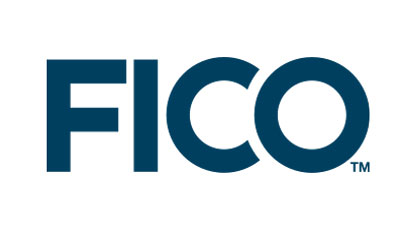Bank Regulations Increasing Capital Requirements by $2 Trillion in Europe, U.S.

FICO has found cumulative capital requirements among banks in Europe and the United States are on pace to increase more than $2 trillion from pre-financial-crisis levels due to new regulations. That finding is included in a report on the global banking sector produced jointly by FICO and Chartis Research.
The joint study also found Tier 2, Tier 3 and Tier 4 banks are facing greater challenges in embedding compliance processes into their business planning and operations than Tier 1 institutions. Sixty-four percent of firms indicated they are still developing stress-testing policies, and have yet to link stress testing to business planning and setting risk appetite. Overall, more than 60 percent of the 103 financial institutions examined believe stress testing related to new regulations is a “core risk.”
“Regulations implemented since the financial crisis, including Basel 3, Dodd-Frank and the Fed’s Comprehensive Capital Analysis and Review, have changed the landscape for banks and introduced new challenges and risks,” said Joanne Gaskin, senior director, scores and analytics at FICO. “Our bank clients are seeking assistance in their efforts to increase transparency, strengthen risk management, and find smarter approaches to meeting the heightened capital adequacy requirements.”
FICO and Chartis found that, among banks studied, 66 percent of European banks and 83 percent of banks in Asia Pacific said Basel 3 is impacting their capital adequacy methods and practices “to a great extent.” While fewer banks in the U.S. felt that way (33 percent), 69 percent of U.S. banks said Dodd-Frank was impacting their capital adequacy methods and practices.
Moreover, 70 percent of the banks studied have implemented policies and rules to separate model development and model validation. This enables an independent review of the design and performance of models used in stress testing for capital adequacy. But even with some positive steps being taken regarding model risk management, fewer than 14 percent of banks studied have implemented more than limited internal audits.
FICO works with many institutions to help them address compliance issues related to model governance, model management, benchmarking and capital allocation. FICO’s solutions are designed to inform business strategies and capital management, and help mitigate losses.
“The shifting regulatory environment is forcing financial institutions to take a more strategic and integrated approach to risk management and compliance,” said Peyman Mestchian,Managing Partner at Chartis. “However, our research indicates that, despite significant expenditures in these areas, many institutions still have a long way to go. This isn’t easy and it will likely require Board-level involvement at many institutions to fully address all the issues.”
Source: FICO – Bank Regulations Increasing Capital Requirements by $2 Trillion in Europe, U.S.





























